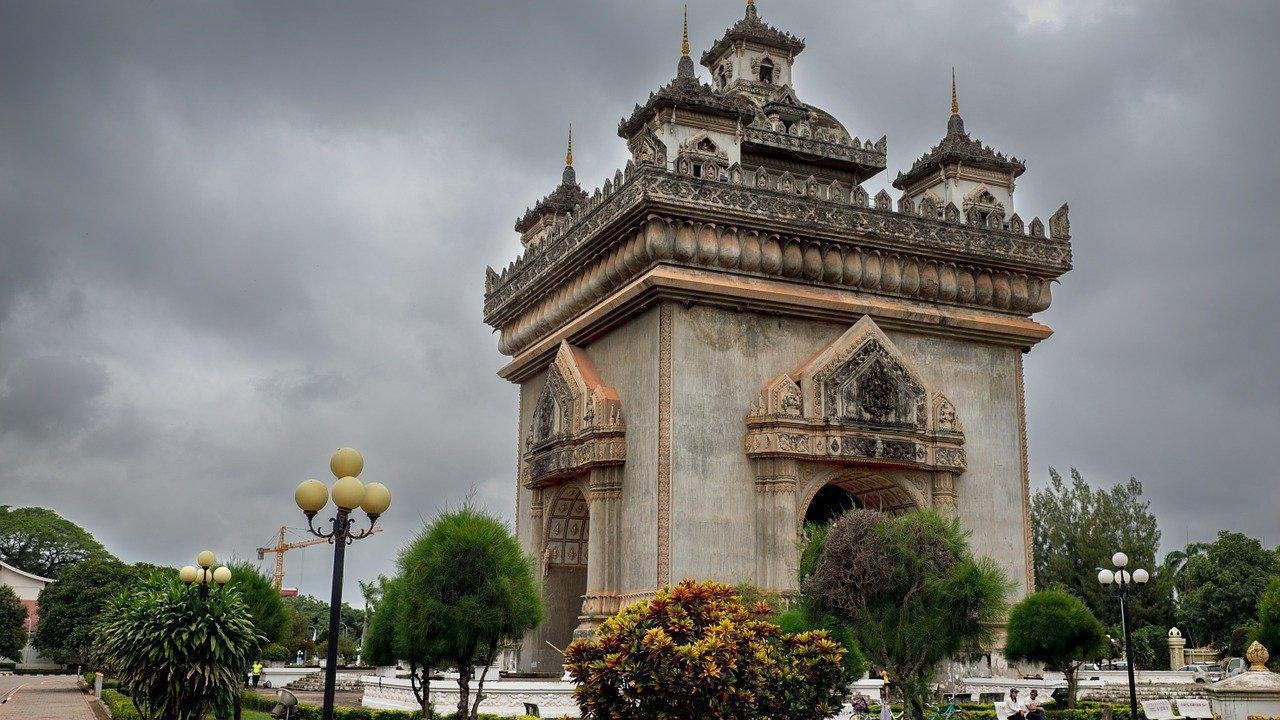ETHICAL CURATED LIFESTYLE STORE.
ETHICAL CURATED LIFESTYLE STORE.
Women
JEWELLERY
Homewares
SHOP BY BRAND OR LOCATION
Shop By Gift Guides

Vientiane - Spotlight on the Capital of Laos
5月 22, 2018 4 min read
Vientiane, Laos Spotlight
Vientiane, also known as Viangchan, is both the largest city and the capital of Laos. It is located along the Mekong River near the border of Thailand. As of 2015, it has a population of roughly 760,000.

History
According to the Laotian epic, “Phra Lak Phra Lam,” the disinherited prince Thattaradtha founded a city along the Mekong river called “Chanthabuly Si Sattanakhanahud” that is said to be Vientiane’s precursor. Historians, however, believe that Vientiane was originally a Khmer settlement built near a Hindu settlement. It was conquered by the Lao civilization sometime in the 11th or 12th century.
In 1354, Fa Ngum established a kingdom called Lan Xang. While Vientiane was not the capital then, it was still considered an important city. It wasn’t until 1563 that Vientiane became the capital of Lan Xang. After Lan Xang collapsed in 1707, Vientiane was an independent kingdom for a few decades, until it was annexed by Siam in 1779. Siamese armies nearly destroyed the city in 1827 in the wake of an unsuccessful rebellion.
In the 1890s, the French arrived and declared Vientiane to be the capital of the French protectorate Laos. The French rebuilt the city and repaired or rebuilt some of the temples. Laos became an independent country in 1953.
Climate
Vientiane has a tropical climate with a dry season running from November to March. The wet season, which often features monsoons, starts in April and ends in October, with August and September being the rainiest months. December is the coolest month, relatively speaking; it can have temperatures as low as the mid-60s F. By contrast, April is the hottest month, with temperatures reaching as high as 93° F.
Typhoon or cyclone season in Laos generally lasts from May 20 to December 15. They are more likely to strike the northern part of the country than the south, however.
How To Get There
Vientiane has its own airport, the Wattay International Airport (VTE). It is about 3 km or 1.86 miles from the center of town. It provides a shuttle bus, taxis and, minibusses to take people to their hotels. Travelers can also hire rental cars there.
Places to Visit
1) Phat That Luang
Phat That Luang, also called “the Great Septa,” is the most important Buddhist monument in all of Laos. According to legend, King Ashoka of India came to the area to proselytize Buddhism in the 3rd century BC. He had a stupa built to house a relic from the Buddha. About a thousand years later, the Khmer built a temple in the same location. In 1566, King Setthathirath ordered the construction of the current complex, which was severely damaged by the Siamese army. In the 1930s, the French repaired and rebuilt the Phat That Luang to match its 16th-century design. UNESCO is currently considering adding the Phat That Luang to its list of World Heritage Sites.
2) Patuxai
Built between 1957 and 1968, Patuxai, also known as the Patuxai Victory Monument, is dedicated to honoring the Laotian freedom fighters who died fighting for independence from France. It also honors the people who had died fighting the Japanese and the Siamese, who had also occupied Laos at different points in the country’s history.

Located in Patuxai Park, the monument resembles the Arc de Triomphe in its overall shape, but many of its exterior decorations come from Buddhist and animist traditions. Similarly, the interior boasts paintings of different gods and goddesses.
Things to Do
1) Get a Traditional Massage
Traditional Lao massage resembles traditional massage in some respects. For example, the practitioner works on the client’s pressure points. However, they typically start with both legs and works their way up to the back, while someone providing a Thai massage works on the left leg first. Other popular techniques include the oil massage and the herbal steam massage.
2) Meditate With Monks
Every Saturday, the monks at Wat Sok Pa Luang offer an open meditation session that starts at 3 p.m. The monks describe the various types of mediation. They then teach visitors how to perform the various techniques. They hold a Q&A session at the end, during which they answer questions about meditation, Buddhism, or their lives as monks. While the older monks speak English fluently, many of the younger ones are just learning and use the sessions to practice their English.

Wat Sok Pa Luang also has a sauna on the premises and offers traditional Lao massage.
3) Cycling and Kayaking along the Mekong River
Green Discovery is an eco-tourism and adventure company based in Laos. They offer a day-long excursion that starts at their office in Vientiane. Travelers will then cycle out of town into the countryside towards the Mekong River. They will stop at the village Ban Mai on the banks of the Mekong, where they will have lunch and then get into the waiting kayaks and paddle back to Vientiane. The entire trip takes 30 km (18.6 miles) by bike and 16 km (10 miles) by kayak.
Spotlight on Vientiane is by Guest Writer Ella, Content Manager and World Explorer for travel site Trekbible. With family scattered throughout the U.S. and South Korea, Elle has a predilection for discovering cross-cultural influences around the world.
Leave a comment
Comments will be approved before showing up.
Subscribe
Sign up to get the latest on sales, new releases and more …
